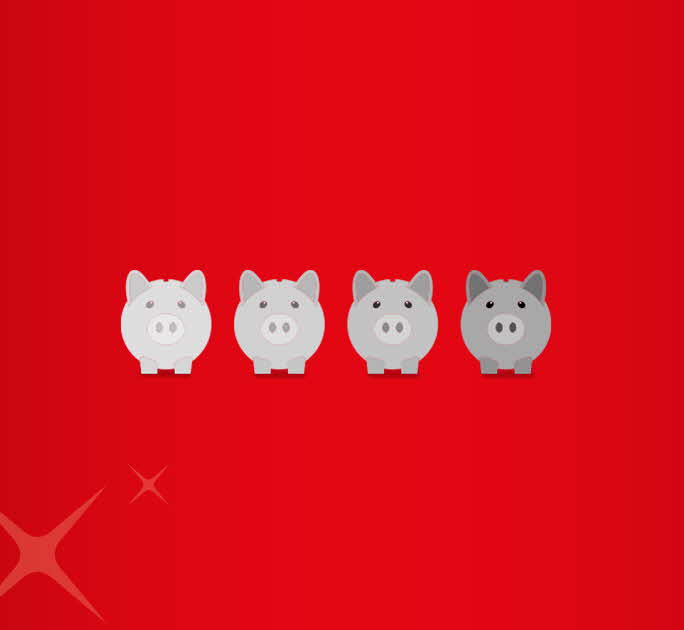- Save
- Invest
- Borrow
- Pay
- More
- Customer Services

What is an ETF? – A Beginner’s Guide
Get the benefit of portfolio diversification and stock-trading in a mutual fund with Exchange-Traded Funds.
Key Takeaways
- An Exchange-Traded Fund (ETF) is a basket of securities traded on the stock exchange, just like shares.
- ETFs track stock indices like BSE and NSE and attempt to replicate returns their returns.
- ETF share prices fluctuate all day as they are traded during trading hours.
- ETFs are managed actively by Portfolio Managers or passively by following trends of specific market indices.
- There are many types of ETFs, including Bond ETFs, Stock ETFs, Commodity ETFs, etc.
Finding the right investment instrument that aligns with your goals, investment horizon, and risk appetite are crucial for accumulating corpus for your future. The idea is to research the various investment instruments available in the market and choose one that generates decent returns while safeguarding your investment. One investment vehicle that can help you achieve your goals is ETF. Let us understand what ETFs are and how ETFs works.
What is an ETF?
An Exchange-Traded Fund (ETF) is a basket of securities traded on exchanges, just like stocks. It is a type of security that tracks a specific stock index (e.g., BSE, NSE) sector, commodity, or other assets and attempts to mirror its returns. You can invest in ETFs in the same way as you would stocks, i.e. on the Exchanges. ETFs hold multiple underlying assets like stocks, bonds, currencies, and commodities such as gold bars. Investing in an ETF could help you diversify your portfolio and mitigate risks.
How Do ETFs Work?
ETFs are traded in the stock market in the form of shares. They are listed on all major stock market exchanges. The costs of the underlying assets influence the changes in the share price of an ETF. When the price of one or more assets rises, the share price of the ETF also increases, and vice-versa.
Most ETFs are actively managed by a Portfolio Manager, who analyses the stock market conditions and take calculated risks by investing in companies with high growth potential. In ETF passive management, the fund manager passively follows the trends of specific market indices to base the investment.
Types of ETF
Having explained ETF meaning and how ETF works, let us look at its types.
Bond ETFs
Bond ETFs may include government, corporate, and state and local bonds. Bond ETFs do not have a maturity date, unlike their underlying instruments. So, the most common use for them is to generate regular income for investors.
Stock ETFs
Stock ETFs involve tracking a single industry or sector, and the aim is to provide investors with diversified exposure to a single sector through a basket of stocks.
Commodity ETFs
Commodity ETFs invest in raw goods that can be sold or bought, like gold and crude oil. Commodity ETFs primarily assist with portfolio diversification and provide a cushion during a slump in the stock market.
Currency ETFs
Currency ETFs involve the tracking of currency pairs consisting of domestic and international currencies. The aim is to take advantage of the fluctuation in the currency exchange rates by purchasing forex of different countries based on calculated predictions.
International ETFs
The easiest way to invest in the international stock market is through International ETFs. It involves investing in foreign-based securities, focusing on global, regional, or specific countries.
Conclusion
Now that you know what is an Exchange-Traded Fund, you may consider investing. With proper research and professional guidance, ETFs can help you fulfil your investment objectives while generating returns.
Download the digibank by DBS Bank and start investing in minutes! Also, open your savings account with us.
*Disclaimer: This article is for information purposes only. We recommend you get in touch with your income tax advisor or CA for expert advice.











